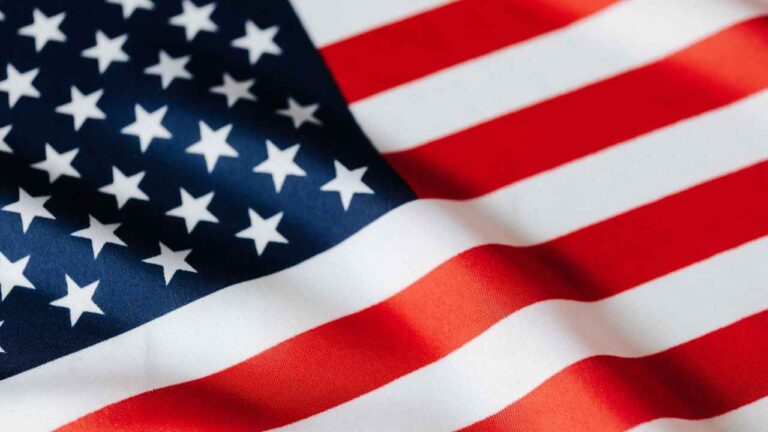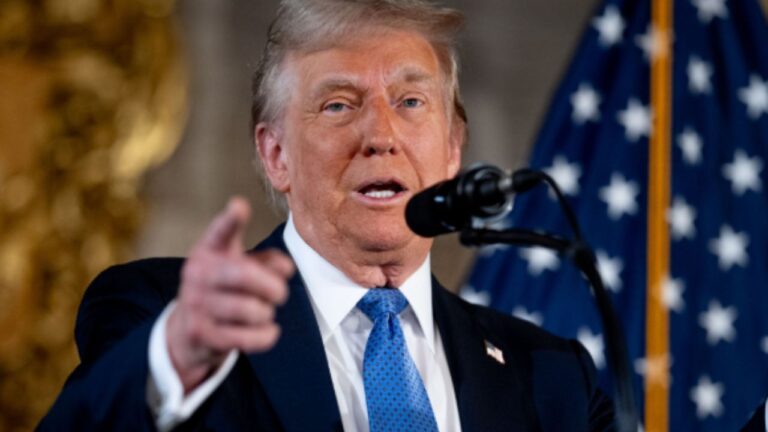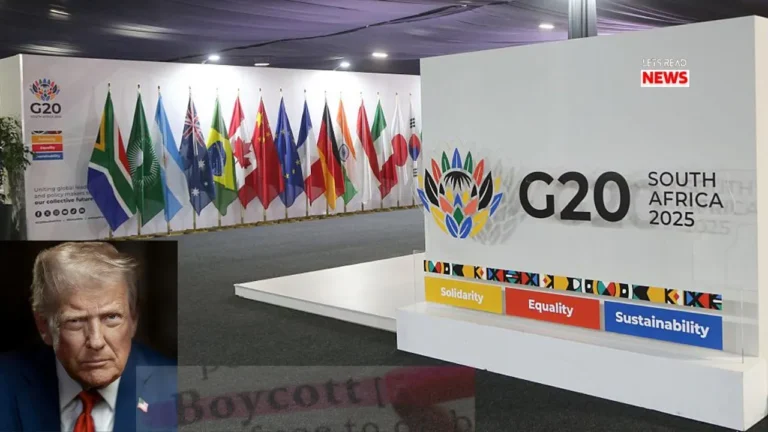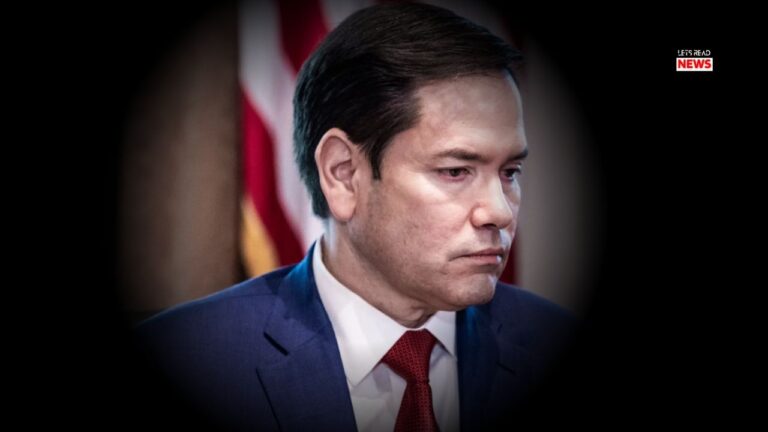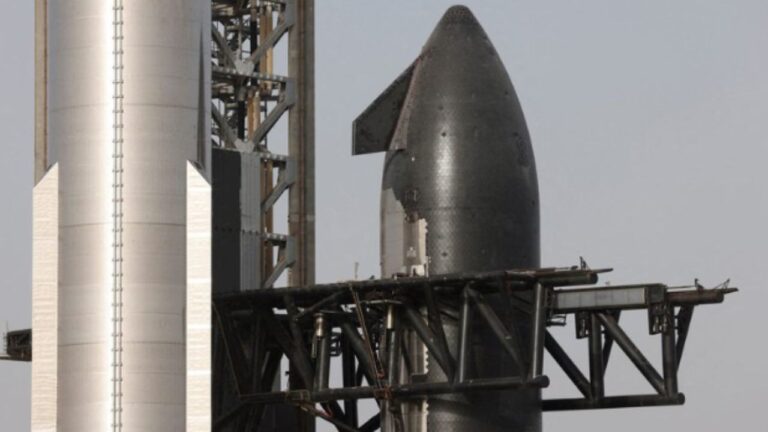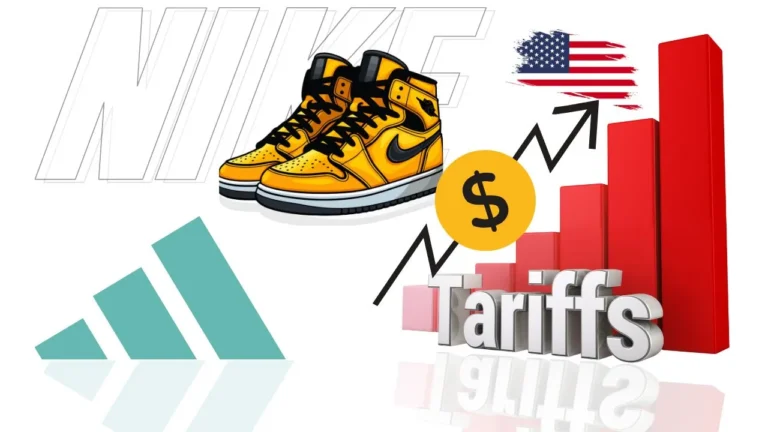India Slams U.S. Tariff Hike as “Unfair and Unjustified,” Vows to Protect National Interests
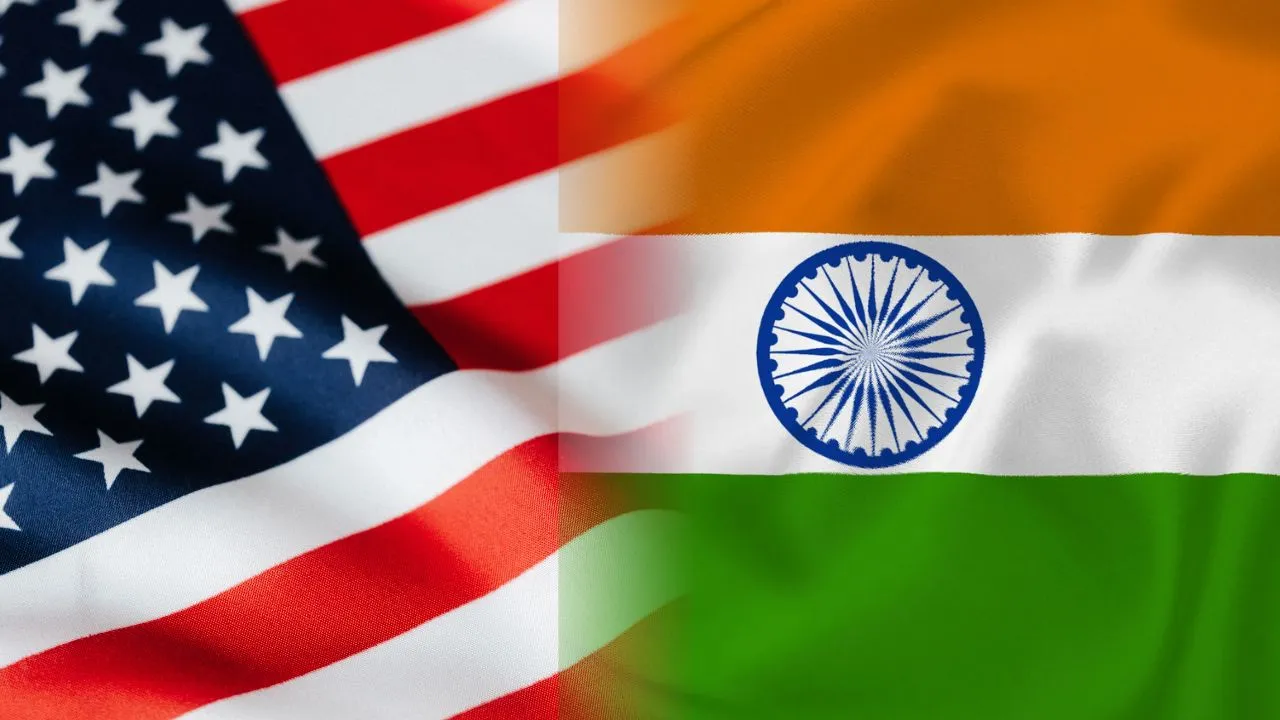
In a sharp escalation of tensions, India has vehemently criticized the United States for imposing an additional 25% tariff on Indian goods, bringing the total tariff to a staggering 50%. The move, announced by U.S. President Donald Trump on August 6, 2025, targets India’s continued purchase of Russian crude oil, which the Trump administration claims undermines efforts to isolate Moscow amid the ongoing Ukraine conflict.
India’s Ministry of External Affairs (MEA) labeled the decision “extremely unfortunate,” asserting that the country will take “all actions necessary” to safeguard its economic and energy security.
The executive order, titled “Addressing Threats to the U.S. by the Government of the Russian Federation,” doubles the existing 25% tariff on Indian exports, effective August 27, 2025. The White House argues that India’s oil imports from Russia, which account for roughly one-third of its total oil imports, fuel Moscow’s war machine by providing economic support through discounted crude purchases.
President Trump, in a CNBC interview, accused India of profiting from reselling Russian oil on the open market, stating, “They’re fuelling the war machine… and if they’re going to do that, then I’m not going to be happy.”
India’s response was swift and resolute. The MEA issued a strongly worded statement, emphasizing that its oil procurement decisions are driven by market dynamics and the need to ensure energy security for its 1.4 billion citizens. “It is extremely unfortunate that the US should choose to impose additional tariffs on India for actions that several other countries are also taking in their own national interest,” the statement read, calling the tariffs “unfair, unjustified, and unreasonable.” The ministry underscored India’s sovereign right to make independent energy decisions, particularly in light of global supply chain disruptions caused by Western sanctions on Russia.
The tariff hike, which affects 55% of India’s $86.5 billion in exports to the U.S. (based on 2024-25 trade data), is expected to hit key sectors like textiles, gems and jewelry, shrimp, leather, and chemicals hardest. The Federation of Indian Export Organisations (FIEO) called the move “extremely shocking,” warning that micro, small, and medium enterprises (MSMEs) will bear the brunt of the economic fallout.
Exemptions have been granted for pharmaceuticals, energy resources, critical minerals, and certain electronic components, but analysts predict significant disruptions to India’s export-driven industries. Goldman Sachs has already trimmed India’s GDP growth outlook, citing the tariffs as a major headwind, though inflation forecasts offer some relief.
Prime Minister Narendra Modi has taken a defiant stance, doubling down on the “Make in India” initiative to bolster domestic production and consumption. Speaking at a rally in Uttar Pradesh, Modi urged citizens to prioritize locally made products to cushion the impact of global economic instability. “Now, whatever we buy, there should be only one scale: we will buy those things which have been made by the sweat of an Indian,” he said, signaling a push for self-reliance amid external pressures.
The government is also exploring strategies like sectoral support and brand-building to mitigate the tariff’s impact, with Commerce Minister Piyush Goyal ruling out direct subsidies but floating “innovative” measures to support exporters.
India’s continued reliance on Russian oil stems from its economic necessity and long-standing ties with Moscow, a major arms supplier since the Cold War era. Since Russia’s invasion of Ukraine in 2022, India has emerged as the second-largest buyer of Russian seaborne crude after China, importing approximately 1.75 million barrels per day from January to June 2025. These purchases, made at discounted rates, have helped stabilize global oil prices while meeting India’s energy demands. New Delhi has resisted Western calls to halt these imports, arguing that pivoting to costlier Gulf suppliers could spike its energy import bill by $9–11 billion.
Critics of the U.S. policy, including former Trump cabinet associate Nikki Haley, have questioned the selective targeting of India while larger importers like China face a 90-day tariff pause. “Don’t give China a pass and burn a relationship with a strong ally like India,” Haley warned. Analysts, such as Clayton Seigle from the Center for Strategic and International Studies (CSIS), caution that the tariffs could backfire, raising inflation for U.S. consumers and straining bilateral ties with a key trade partner. The U.S. itself imported $5.2 billion in goods from Russia in 2024, including uranium and fertilizers, prompting accusations of hypocrisy from Indian officials and commentators.
Opposition leaders in India, including Congress MP Rahul Gandhi, have labeled the tariffs an “attempt to blackmail India,” criticizing the Modi government’s handling of the situation. Meanwhile, the government is preparing for a U.S. trade delegation visit before August 25, hoping to negotiate a resolution within the three-week window before the tariffs take effect. India’s Ministry of Commerce and Industry is analyzing the potential economic impact and exploring countermeasures, though it remains committed to avoiding a public confrontation with the U.S.
As the trade rift deepens, the coming weeks will be critical for India-U.S. relations. With India vowing to protect its national interests and the U.S. signaling further penalties for countries importing Russian oil, the standoff risks escalating into a broader trade war. New Delhi’s multi-pronged strategy—balancing diplomacy, economic resilience, and strategic defiance—will be tested as it navigates this high-stakes challenge on the global stage.
Read More: Trump’s Tariff Threats and India’s Firm Stance: A Geopolitical Analysis

